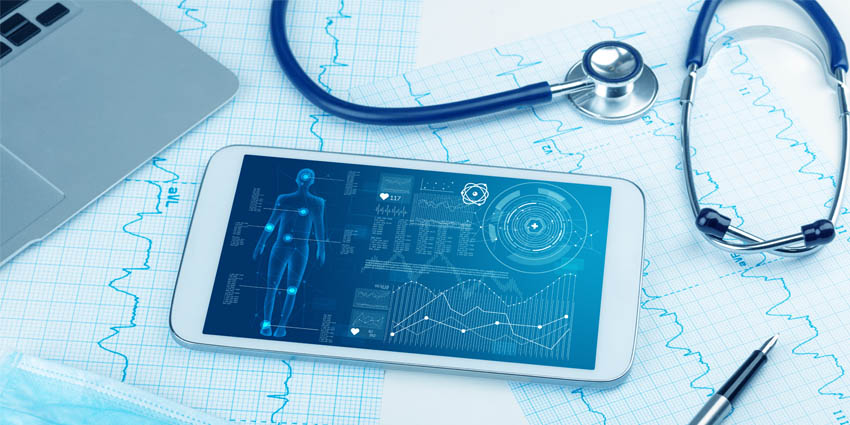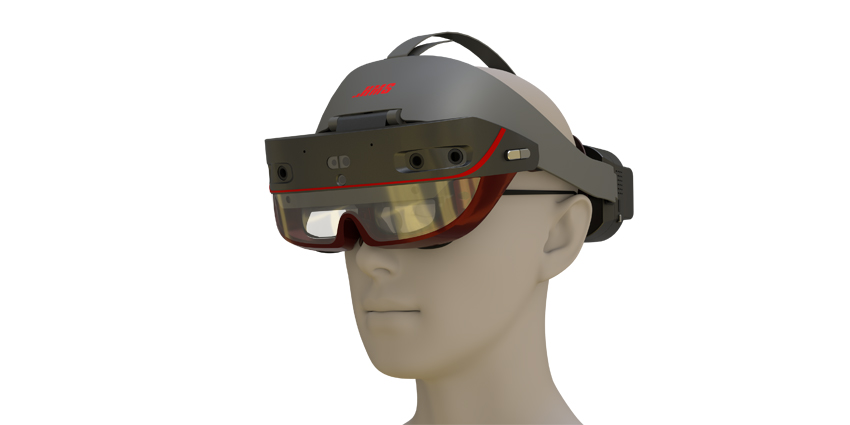Light-hearted consumer apps like Pokémon Go are what first spread awareness of augmented reality (AR) on a global scale, but its value doesn’t end there…
In fact, AR is already having a huge impact on the way businesses and organizations learn, collaborate, visualize and grow, and its power to transform entire industries is only just being realized.
According to Markets and Markets, the augmented reality (AR) market is projected to grow from $15.3 billion in 2020 to $77 billion by 2025, proving this technology will play a huge role in reshaping society in future…and healthcare is just one example of how AR is changing the world for the better.
As the marketplace continues to mature, we’re seeing tons of new innovations in the healthcare sector that are helping medical professionals work faster, cleaner, smarter, and safer when caring for their patients.
Below are five of the most exciting examples of how AR is changing the healthcare landscape.
AccuVein
AccuVein AR provides intelligent vein visualization to help clinicians locate relevant veins in patients as quickly, efficiently and painlessly as possible.
By improving vascular access, AccuVein helps maintain patient satisfaction, increases annual savings by as much as $350,000+, and increases the likelihood of a successful first time injection by 350%.
Augmedics XVison
Augmedics XVision provides the world’s first augmented reality guidance system for surgery.
With this tool, surgeons are able to a 3D representation of the patient’s anatomy from beneath the surface of their skin, ensuring they complete each operation with absolute precision.
HoloAnatomy
Microsoft’s cutting-edge augmented reality technology is transforming the way medical students learn about the anatomy of their patients.
Unlike before, where classes on human anatomy were limited to passive, didactic teaching methods, HoloAntomy now provides a fully interactive experience where students can collaborate and learn in ways that were once considered impossible.
Medivis
Medivis is another example of how AR is changing the the future of computer-assisted surgery.
With Medevis, medical professionals can harness and combine the power of AR artificial intelligence (AI) to deliver better results for patients, drive down cost and improve efficiency within medical institutions.
Dorothy
Dorothy is the world’s first AR assistant that helps people with memory deteriorating illnesses such as Alzehimer’s lead happier, more fulfilled lives.
Using cutting-edge AR technology, Dorothy helps navigate patients with memory loss around any environment and will remind them to complete chores throughout the day.
It can also be used by caregivers to monitor their patient’s whereabouts to ensure they never go missing and are always in a safe location.
What can we expect from healthcare AR in the future?
As the AR marketplace continues to mature and more developers start competing in this space, we can expect to see even more innovation that will transform the world of healthcare in countless ways.
In addition to this, we also expect to see the relationship between augmented reality, artificial intelligence, and machine learning within the healthcare sector continue to grow.
Right now, we are on the cusp of a new dawn in the world of medicine, and augmented reality has already shown us an exciting glimpse of how the future of healthcare will look.







